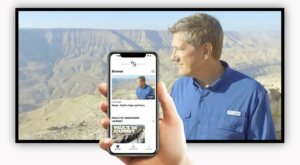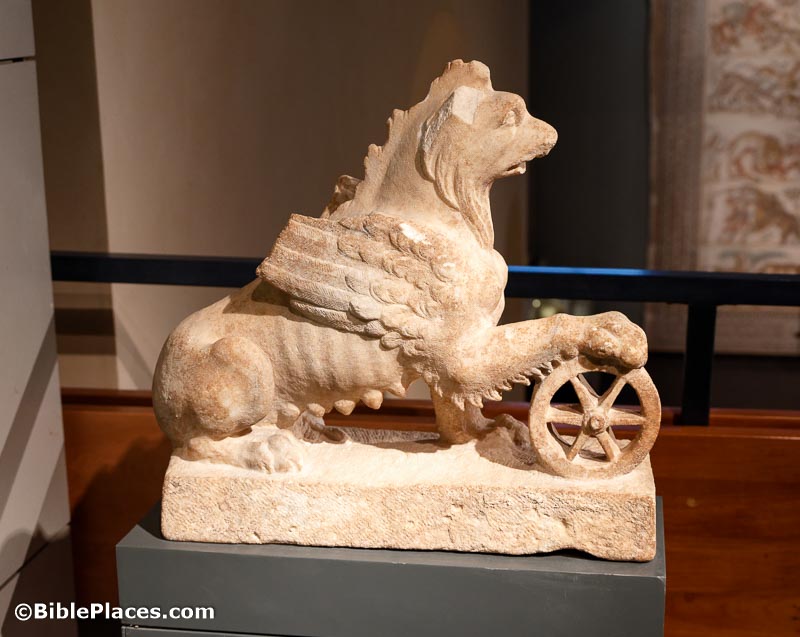Archaeologists believe they have found a villa belonging to Emperor Augustus near Mount Vesuvius.
The city of Anqa is said to be “a near mirror image of Dura-Europos, of the same size, comparable composition, and potentially equal value to scholars of the region.”
A new study suggests that “wine produced around the Mediterranean during the Roman era may have been just as complex and flavorful as wine produced today, in contrast to what is commonly assumed.”
“Egypt welcomed home a 3,400-year-old statue depicting the head of King Ramses II after it was stolen and smuggled out of the country more than three decades ago.”
We don’t know much about Shalmaneser V, but Bryan Windle still managed to create a pretty extensive illustrated archaeological biography.
Webinar on May 9: “Sensing the Past: Sensorial Experiences in Ancient Mesopotamia,” by Allison Thomason
The Albright Institute posts videos of their special lectures on their YouTube channel. Recent lectures include:
- “The Iron Age II Tombs from Mamillah, Jerusalem,” by Ronny Reich
- “Jews and Palestinians between Istanbul and Jerusalem,” by Louis Fishman
- “The Archaeology of Olive Oil: Excavating a Bronze Age Olive Oil ‘Factory’ in Jordan,” by Jamie Fraser
Chris McKinny and Kyle Keimer conclude their series of the best archaeological finds of 2023 on the Biblical World podcast.
HT: Agade, Arne Halbakken, Gordon Franz, Paleojudaica

